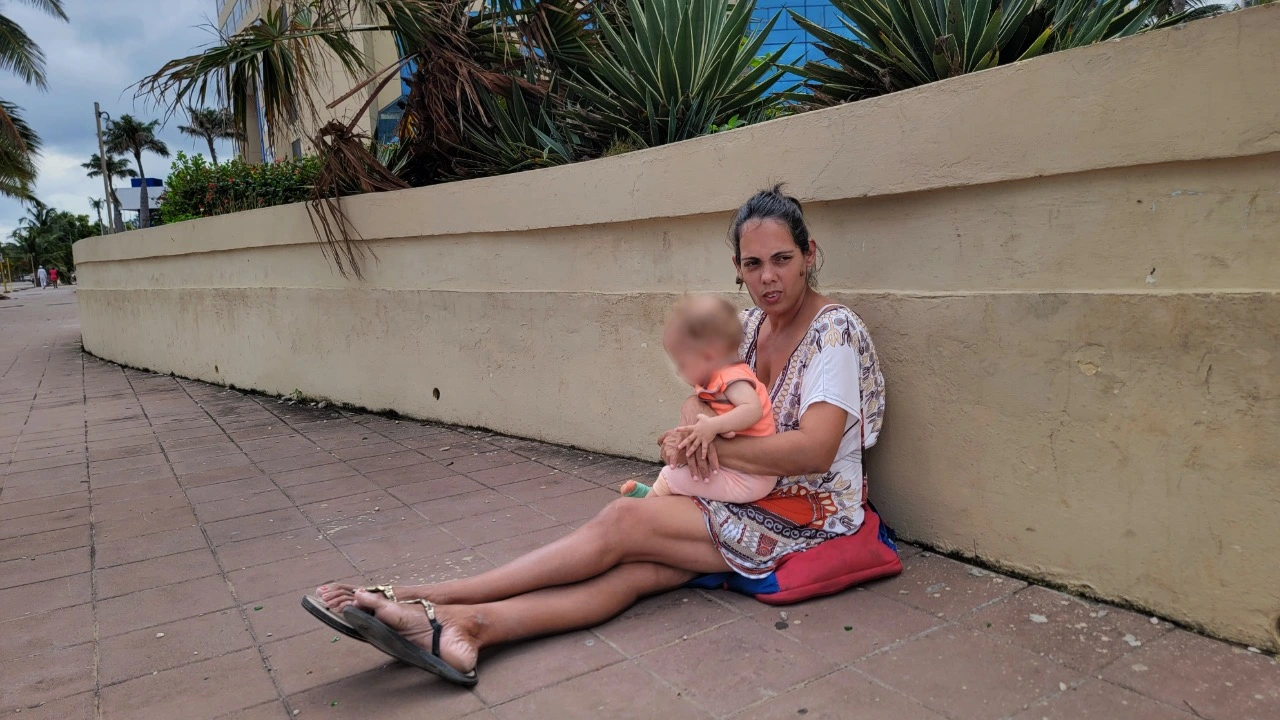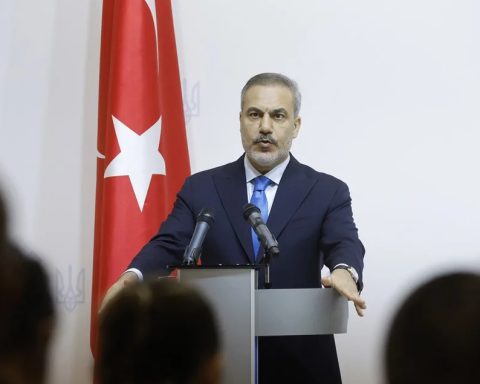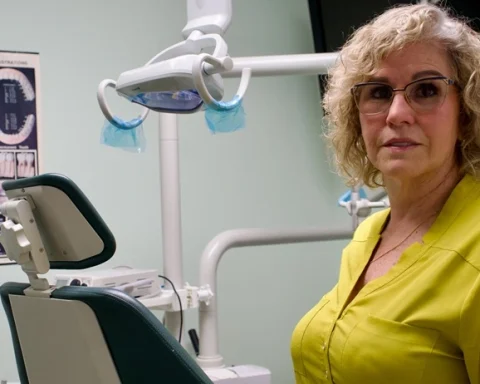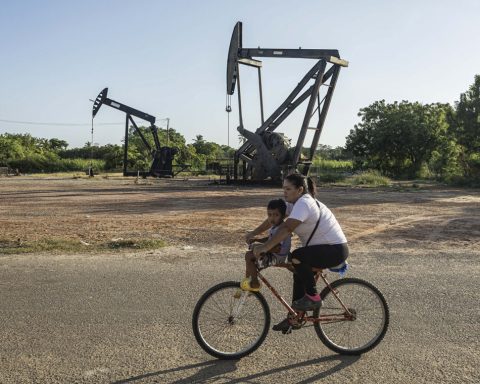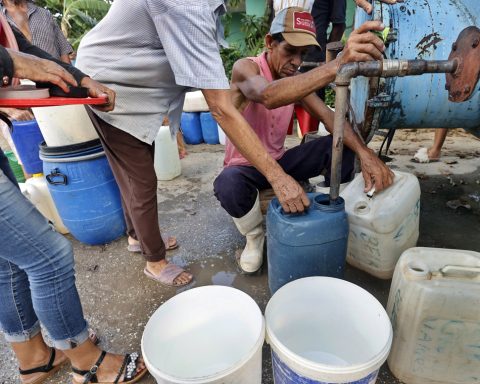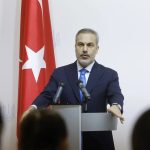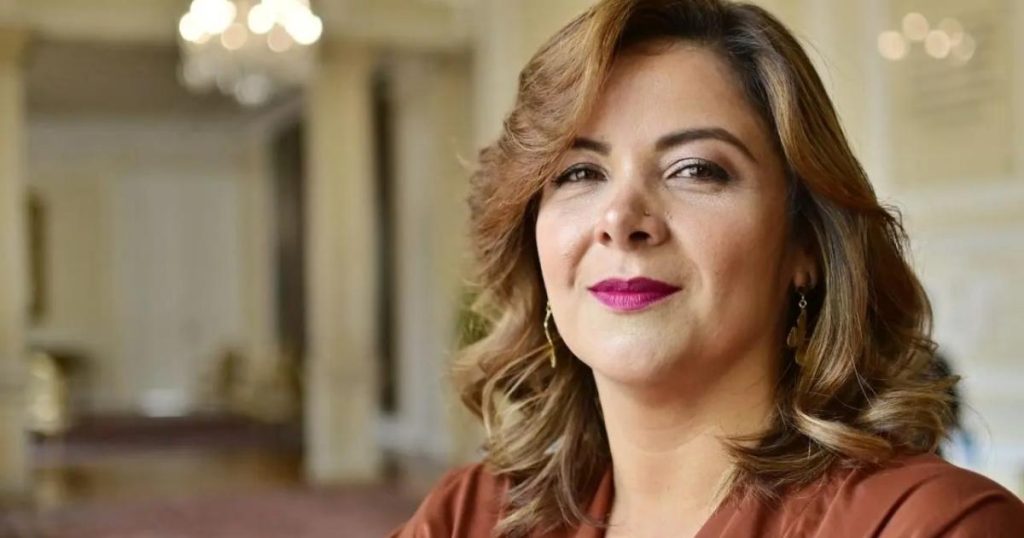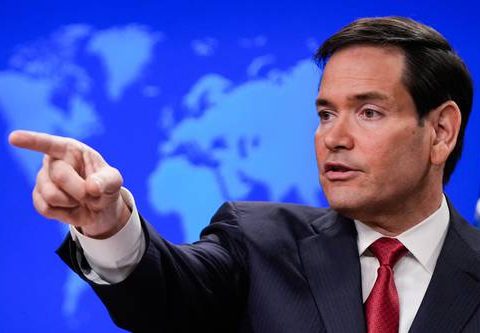MIAMI.-Danay Pino Moreno Every day he travels from Alturas de la Lisa, a low-income neighborhood on the western outskirts of the capital to the Playa municipality. In Miramar, a place with an influx of tourism and less poor, she sits with her baby in her arms on the corner of 70th Street between Third and First, a hotel zone.
“I don’t ask for anything. I just sit here and people get out of the cars and give me something. With that I buy the child’s things,” Danay told Cubanet, while holding her nine-month-old baby.
Two years ago, Pino lost his house to a fire. Some cables in poor condition left her in the street and destroyed the few belongings she had. Since then he has asked the authorities for help with no other response than: “There is none.” Despite her status as a single mother of two minors, the Government has not found a place for her family in a shelter. And the hopes of a home are zero.
The aid is summarized as, due to its status as a “social case”, a pension of five thousand pesos equivalent to a small package of chicken. “It’s the only thing they give me,” he highlights.
“I rent a room in La Lisa. It doesn’t have a refrigerator or anything. It’s just a place to sleep,” says this mother.
Pino is just one of the many people who live in Cuba today in absolute precariousness. A report from the Cuban Observatory of Human Rights (OCDH) showed that lExtreme poverty in Cuba reached an alarming 89% of the population this year.
According to the study The food crisis is the main social problem on the island with 72%, followed by blackouts with 55% and inflation or cost of living with 50%. Then there are salaries, health or public health and corruption.
The sectors that are having the worst time with the current crisis are the older adults (78%), people who, like Danay, do not receive remittances (61%), the unemployed (44%) and prisoners (26%).
